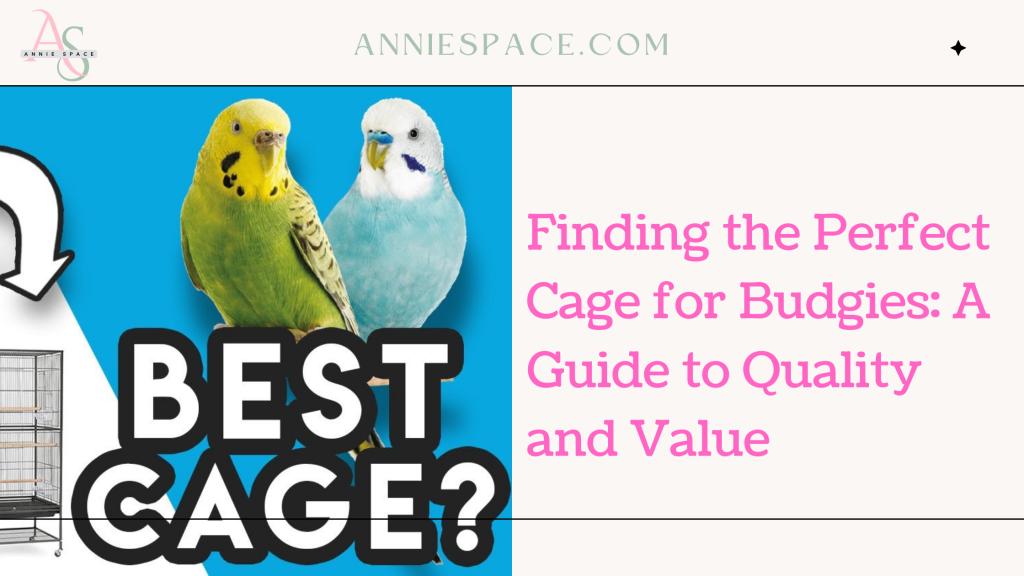Selecting the right cage for budgies is essential to ensure their happiness and well-being. While budget-friendly options can be enticing, it’s important to consider a few key factors to determine if a cage is a worthwhile investment. Here’s a guide to help in evaluating cage quality and making an informed decision.
Essential Factors for Budgie Cages
1. Size and Space
- Space Requirements: Budgies need ample space to fly and play. For a pair of budgies, a medium-sized flight cage is typically sufficient. For future expansions or to enhance comfort, opting for a larger cage can be beneficial. Ideally, the cage should be at least twice the wingspan of the birds in width to allow for adequate flight space.
2. Construction Quality
- Materials: Look for cages made from non-toxic, durable metals with a powder-coated finish. This ensures longevity and safety, as it prevents rust and is less likely to be chewed by the birds.
- Bar Spacing: Proper bar spacing is crucial to prevent escapes and injuries. For budgies, the spacing should be about 1/2 inch or less to keep them safe.
3. Maintenance and Accessibility
- Ease of Cleaning: A cage with removable trays and large doors simplifies the cleaning process. Keeping the cage clean is vital for maintaining a healthy environment for the birds.
- Access Points: Multiple doors and access points make it easier to interact with the birds, manage their food and water, and perform regular maintenance.
Considering Future Needs
When choosing a cage, consider not just the current number of budgies but also potential future needs. Investing in a larger cage can accommodate more birds and offer additional features like playtops, multiple perches, and built-in feeding stations, which can enhance the birds’ quality of life.
Conclusion
Choosing a cage involves evaluating its size, construction quality, and ease of maintenance. A well-chosen cage will provide a safe and comfortable environment for budgies, whether opting for a budget-friendly option or investing in a larger, more feature-rich model. Prioritizing these factors ensures that the cage meets both current and future needs, contributing to the overall well-being of the birds.



